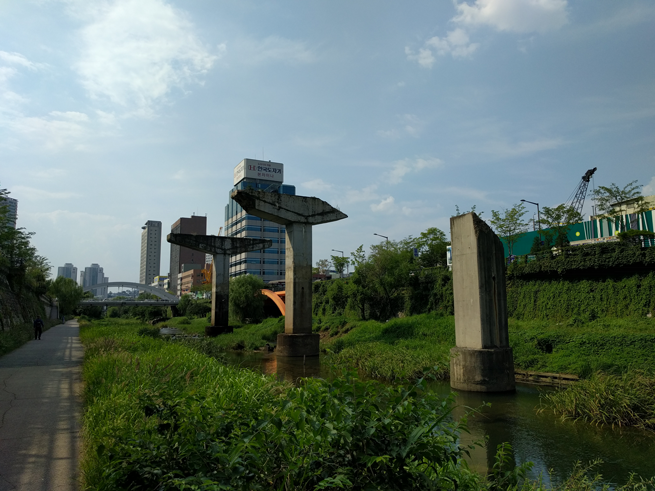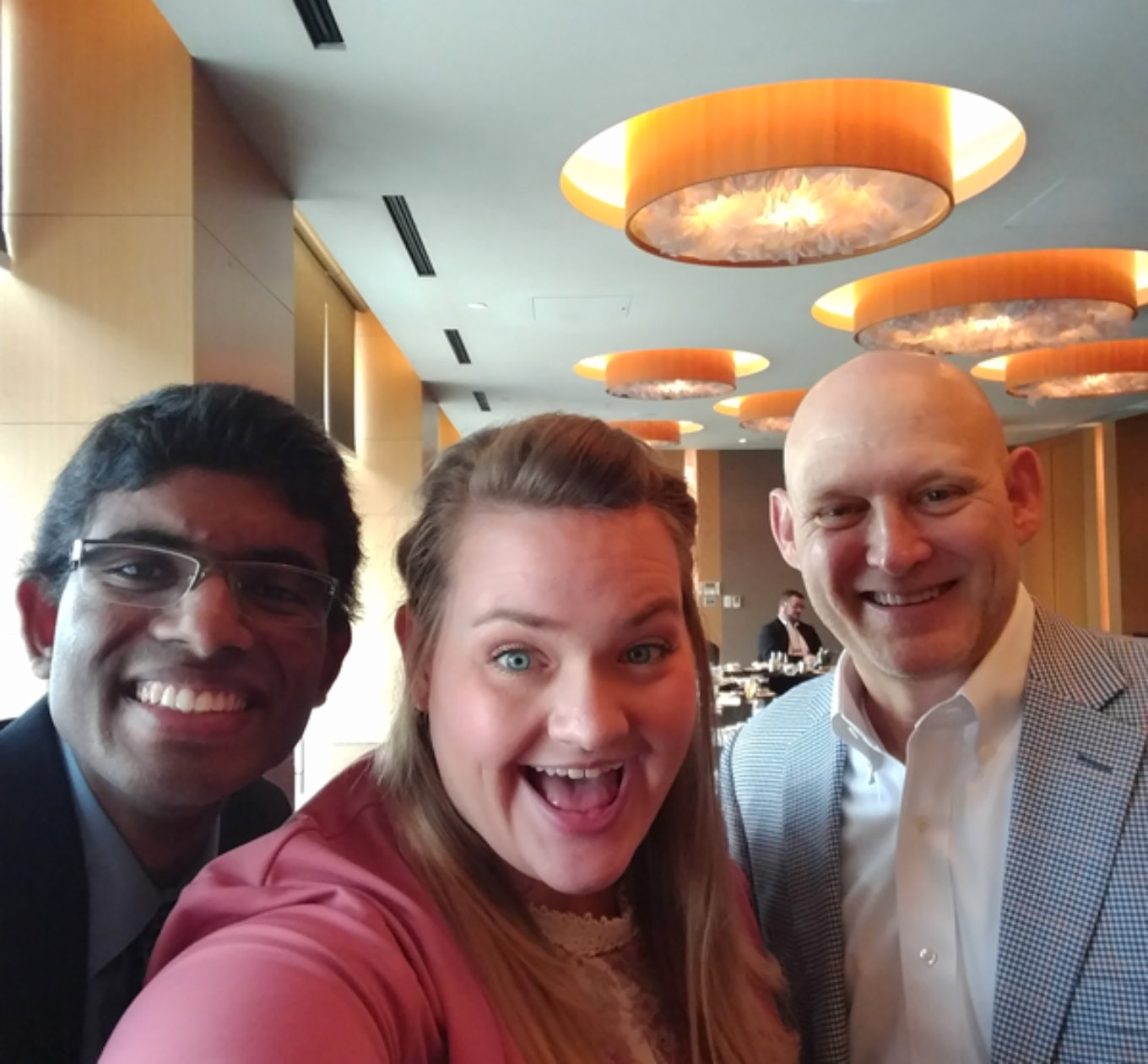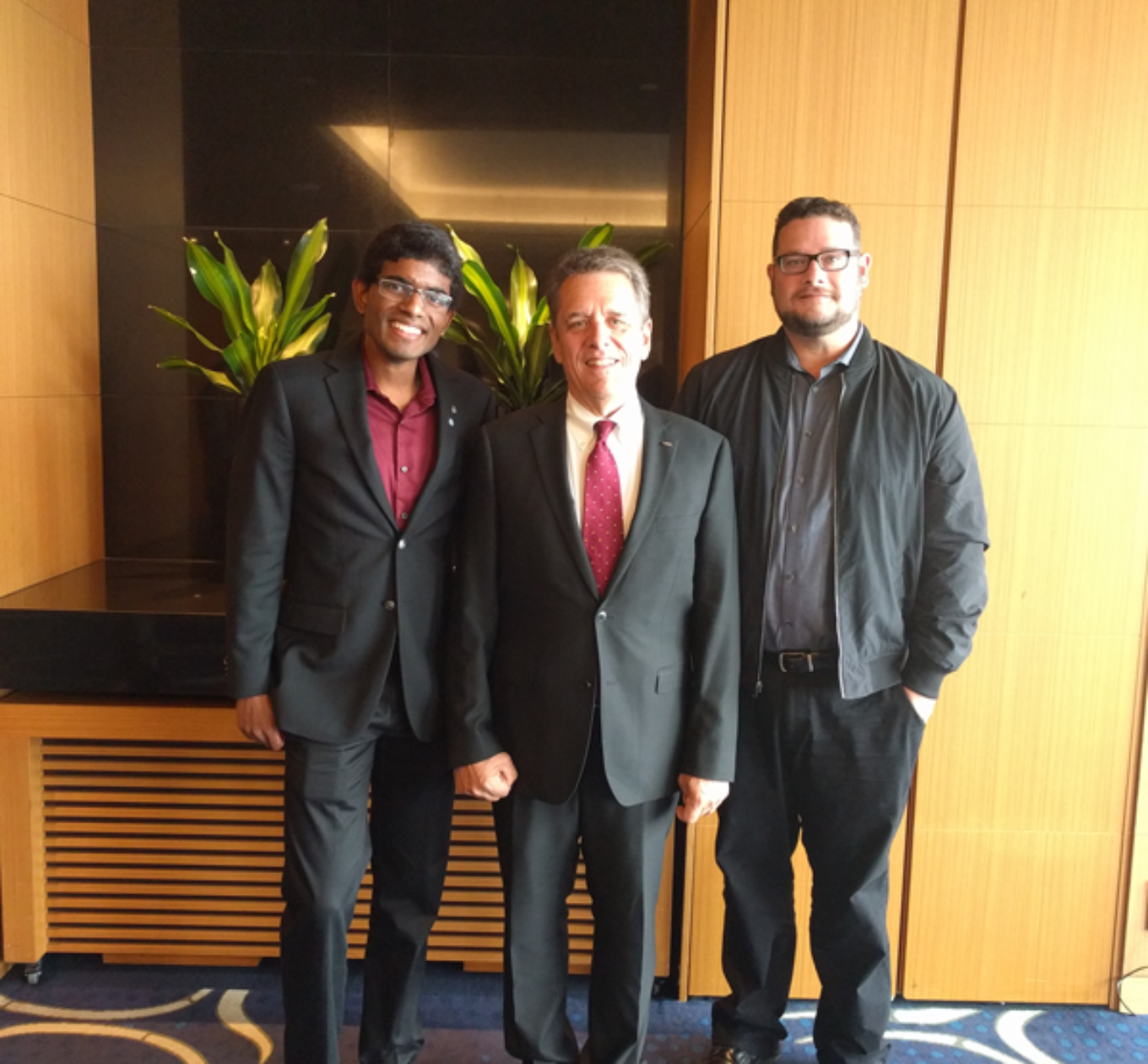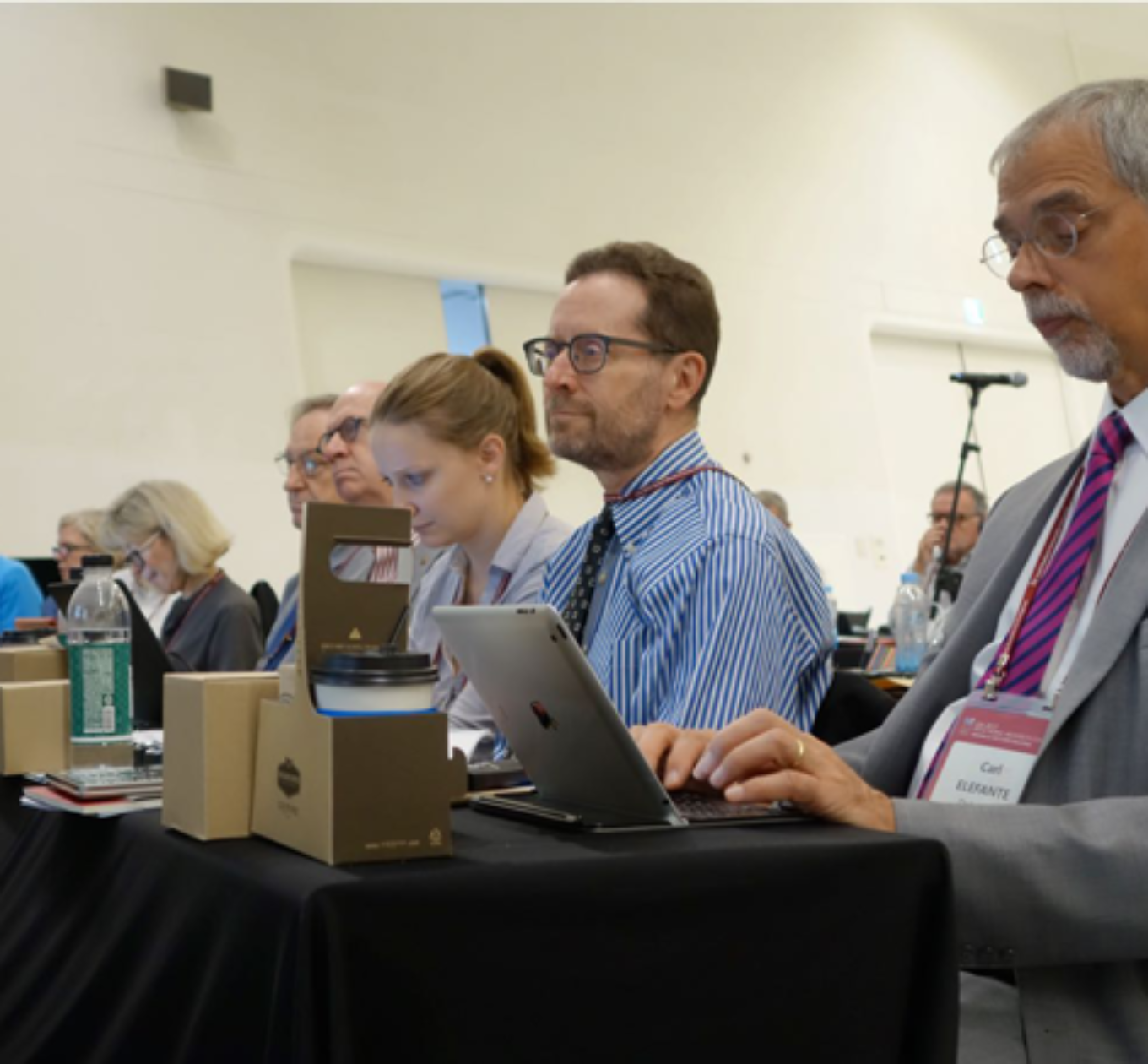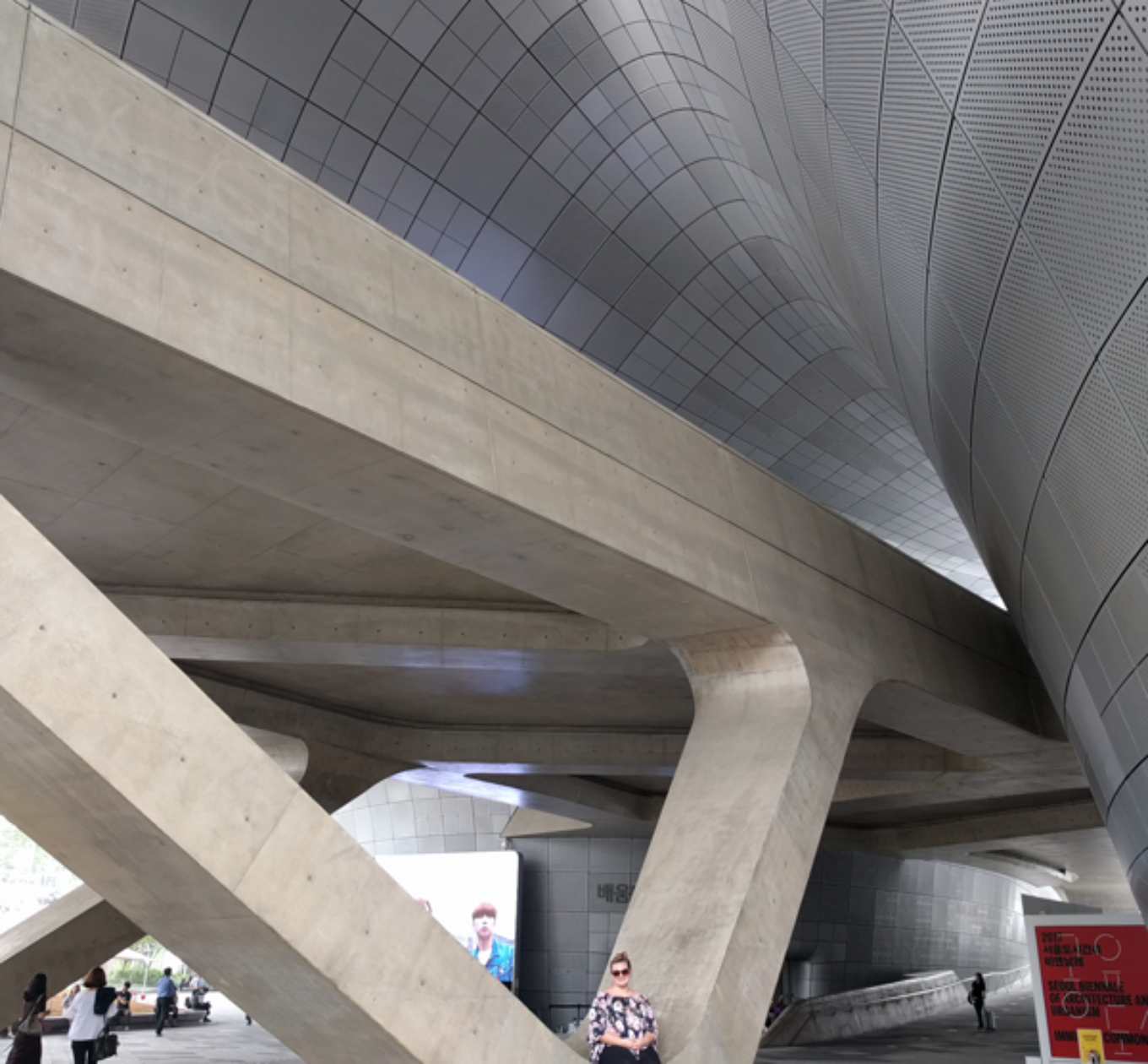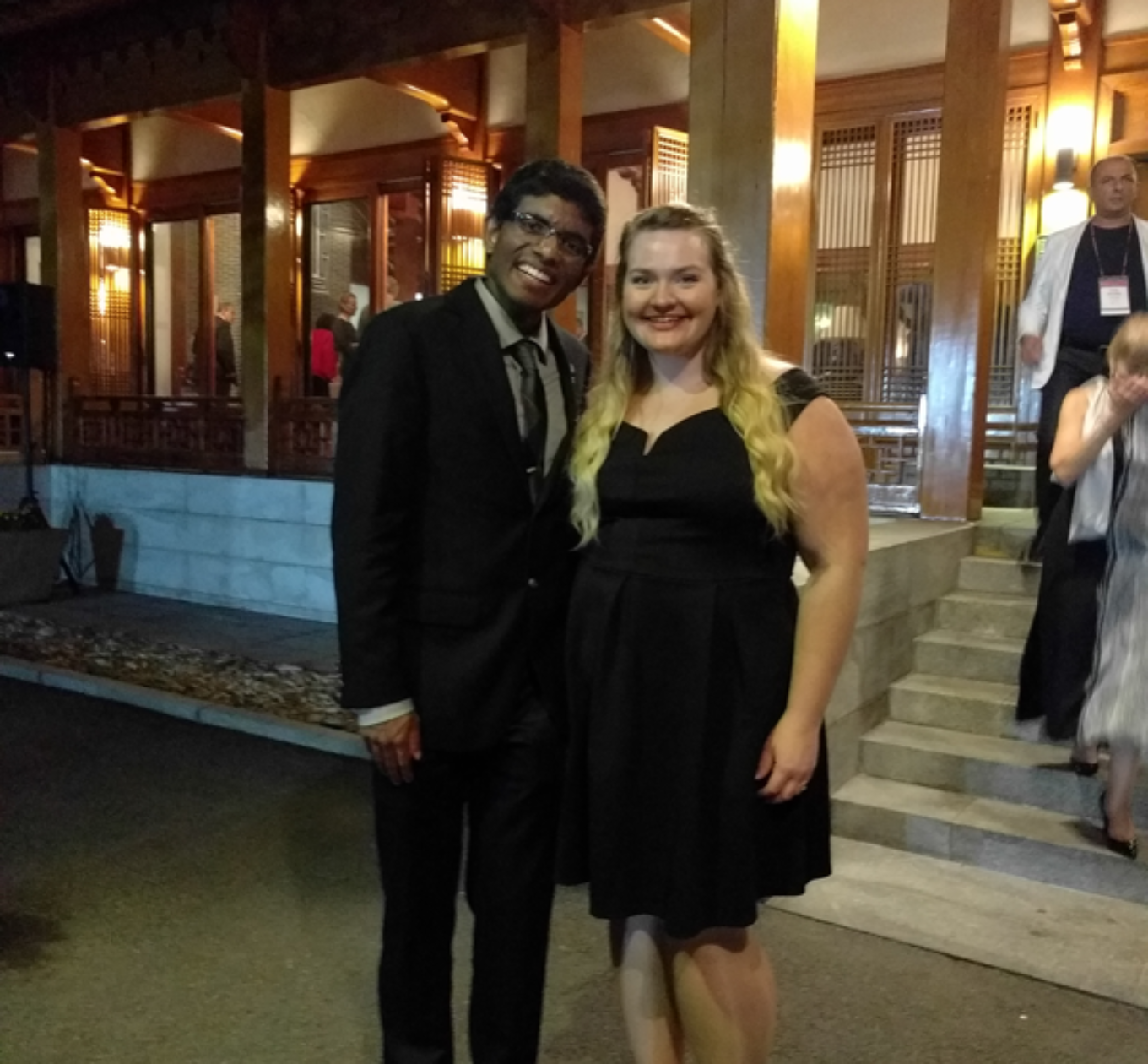Whew! What an adventure! As officers, we were invited to partake in a global architecture conference called the UIA 2017 Seoul World Architect’s Congress. It was like the olympics of architecture! The opening ceremonies were filled with such passion that they brought us and many others to tears. From the opening ceremonies to student research presentations, keynotes from world renown architect Toyo Ito, the experience is simply unforgettable.
Through the conference we were able to engage in community with students and professionals from around the world. We heard about their research, explored lifesize pavilions, and engaged in conversation about education, ethics, the future, and design.
Excerpt from Keshika:
Having lived in Hong Kong for half of my childhood, Seoul was a mix between very familiar and refreshingly new to me. The city was the intersection between thousands of years of history and the most contemporary cultural developments.
The conference was also a unique mix of many different architects, emerging professionals, and students coming from many different traditions around the world. I had a lot of fun just talking to different people.
Excerpt from Elizabeth:
The most interesting break out I attended was titled “The Nordic Way.” Through panel discussion, we explored societies that were intrinsically design based. We talked about how even pieces of common architecture such as a home or a corner market were fully designed, not to mention their bus tickets. The Nordic countries have a design ethic built into their community. Because the Nordic countries do not have natural resources to export, they rely heavily on the talents of their people. This perpetuates an appreciation of skillsets, such as design, within a community that has no other exploitable resource.
“What we have is the talent of the people. We have no diamonds, oil, or land. All we have is the talent of our people. We cannot afford to not accept and seek the young architects, women, and so forth.” In this environment, design really is for everyone. It is a culture that does not struggle with understanding why things need to be accessible, because they believe every person is worth pouring into. One of the panelists struck me when she said, “We are interested in people, and we believe all people are worth a good environment.”
One of the most delightful perks of attending the conference was being constantly surrounded by the leaders of our American partners, the collateral organizations: the AIA, ACSA, NCARB, and NAAB. In this environment we were able to understand personalities, ideals, and goals of the people in each collateral without the everyday pressures at home. We all grew together with architecture as a common goal, with nothing but experience, delight, and growth to gain.









